Stroom Invest interviews / curator Sandino Scheidegger
Sandino Scheidegger (Swiss, born 1984) is co-founder of Random Institute. He has directed more than 80 multidisciplinary art projects across the world. Sandino has roots in Costa Rica, where he was the artistic director of the Despacio Center for Contemporary Art (2016 – 2019). He explores exhibition-making as a form of collaborative practice, often reinventing familiar formats and including collaborators from outside the arts. His unconventional exhibitions have included works by artists like Richard Long, James Lee Byars, Zilvinas Kempinas, Guido van der Werve, Carey Young, Julian Charrière, and Federico Herrero. He holds master’s degrees in art history and in law.

What do you consider your daily work?
My daily work is writing emails, like everybody else it seems. But the emails I write, thankfully, have nothing to do with the arts. That would kill any pleasure and mystery they hold for me. Few people know this (though I’ve never kept it secret) but I’ve always had a life outside of the arts. Ever since I finished my legal studies 11 years ago, I’ve lived two different lives. One that’s as serious as it gets, working for the Swiss government, and one that’s as free as possible, running Random Institute, an art institution that takes random thoughts and turns them into art projects.
With Random Institute, things have been different from the start. Co-founded with Luca Müller, a carpenter and friend of mine, one of our guiding principles was to keep our jobs outside of the arts, to allow us to remain financially independent. This made it possible for us to take on any project we liked, including the kind, like weather balloons, that are released into the air and land nowhere. It’s taken us to spooky hotel rooms in North Korea, freezing tents in Mongolia, empty houses in China, and even drifting through the middle of the Atlantic on a boat.
When I became the curator at Despacio, a contemporary art center in San José, in late 2015, I kept my day job in Switzerland in a reduced capacity. One of the first things we decided to do as a team at Despacio was to get rid of emails and manage everything through WhatsApp. Surprisingly, this worked out just fine and cut down any bureaucracy to a minimum. And that’s a good thing, because bureaucracy is the evil of the art world. Just ask anybody who works for an institution.
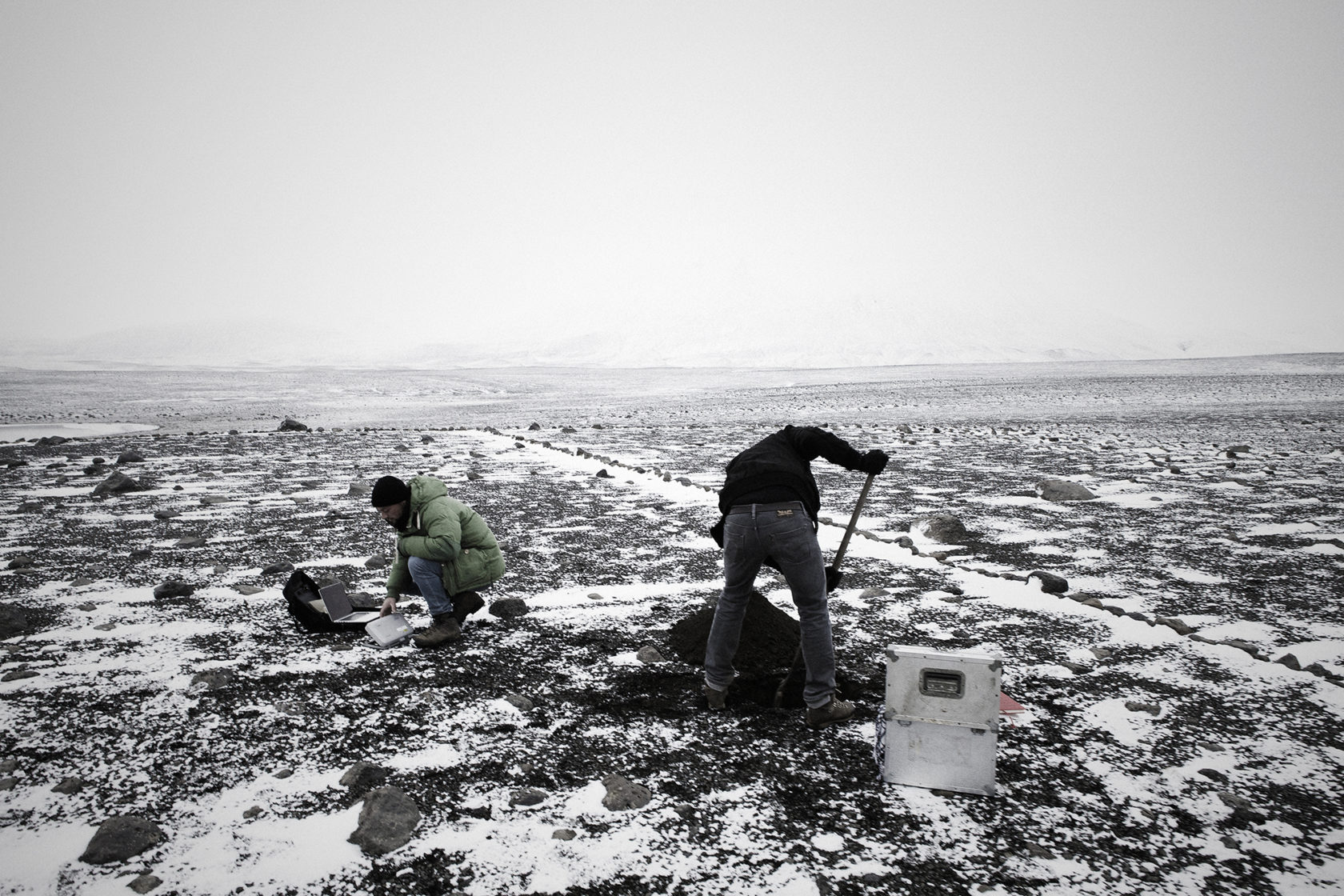
Tell me more about the ‘slow curating’ practice that you advocate for.
This question has come back to haunt me. A few years ago, a journalist attributed this term to me, but it probably just stems from a poor Google translation of some text in Spanish that said “Sandino está curando para Despacio.” Which means: “Sandino is curating for Despacio.” But Google Translate literally read it as: “Sandino is curating for slowness [despacio],” which most likely turned into the term “slow curating.” I’m no Sherlock Holmes, but that’s my best guess.
The truth is, I don’t really know what “slow curating” means. I can imagine what it’s supposed to mean, but probably not in enough detail to advocate for it. Still, I advocate for a curatorial practice that offers plenty of time for reflection. Even more so in these nerve-wracking times that demand updates, projects, news, and entertainment from us at all times. Which is one reason why I prescribe one year of exhibition-free time to myself every four years. As I’ll be doing in 2019. You might call that slow.
What caused the fast-paced rhythm of the art world? And what do you think is wrong with that?
Nowadays, the art world is seen as merely a reflection of the art market. Which, like any other market, is a capricious phenomenon, always asking for new stories to tell and new things to sell.
More than ever, art has to compete with every other form of cultural output, both online and off. And attention is a scarce resource: a person only has so much of it they can expend at one time. This might be one reason why the arts have increasingly overlapped with the entertainment industry in recent years.
More largely, culture itself is going through one of its most significant transformations ever. Many of the functions it has historically served are being modified or overtaken by the Internet. Just think of the changing access to information beyond opening hours, the increasing connectedness of people all over the world, the new ways we have of preserving and enhancing collective memories, to name but a few…
What’s wrong with this fast-paced rhythm? Nothing in and of itself. It’s a transformation we’re going through. We ain’t living in good old modernity anymore. But as long as we keep asking ourselves why we’re doing things and what for, I think we’ll be safe.

You work in two different worlds, don’t you? Can you tell me how they relate to each other and what the combination offers you?
I did until recently. My three-year term at Despacio in San José just came to an end. Switzerland and Costa Rica may seem like two very different places to work, but taken together, in my mind, they make a perfect whole. Having siblings and close family in both places, I found that combining both helped my life become more complete.
In both cases, you have to navigate the tension between the local and the global. It’s something that every curator ends up having to deal with, regardless of where they work. On the one hand, art spaces want to contribute to the cultural offerings of the cities they’re housed in – this can range from wanting to fill a perceived void or do things differently than in existing institutions. But artists also want to make their work accessible and, depending on where they find themselves in their career, more oriented towards a local or international stage. This isn’t unique to the art world: don’t we always want to impress the people we’re impressed with ourselves?
Do you have different opportunities in Costa Rica compared to Switzerland?
Well, for Costa Ricans, I’m one of them. Until I start speaking. My shitty Spanish is the limitation of my opportunities in Costa Rica. For the art center it worked out fine, as it has a strong international orientation and was part of a global art community. In Switzerland, things are so well structured that exceptions to the rules seem suspect. If you don’t play by the rules and fit in, you may find yourself faced with fewer opportunities.
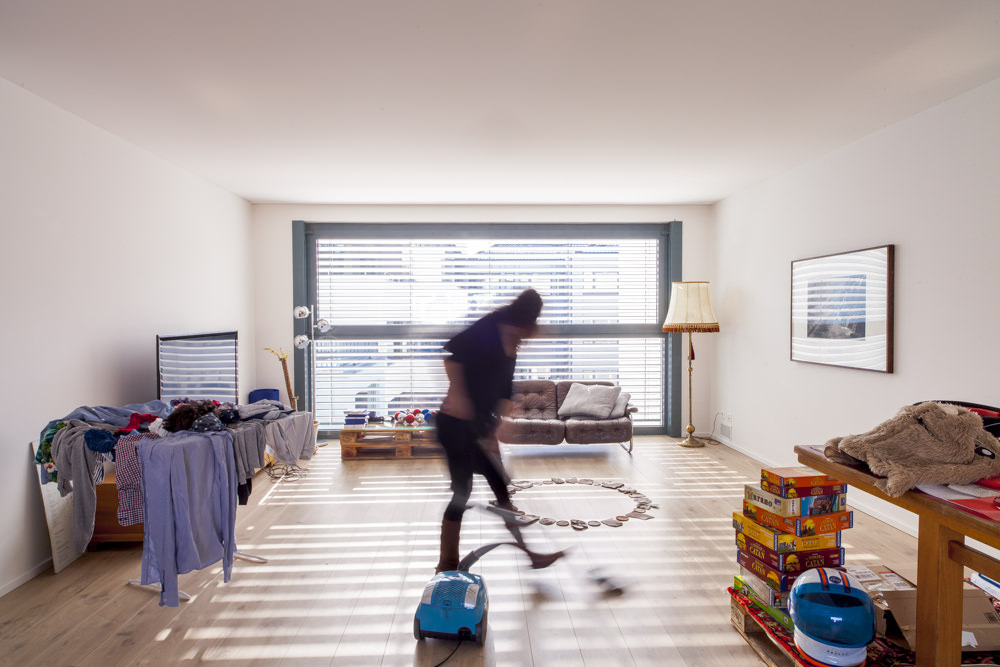
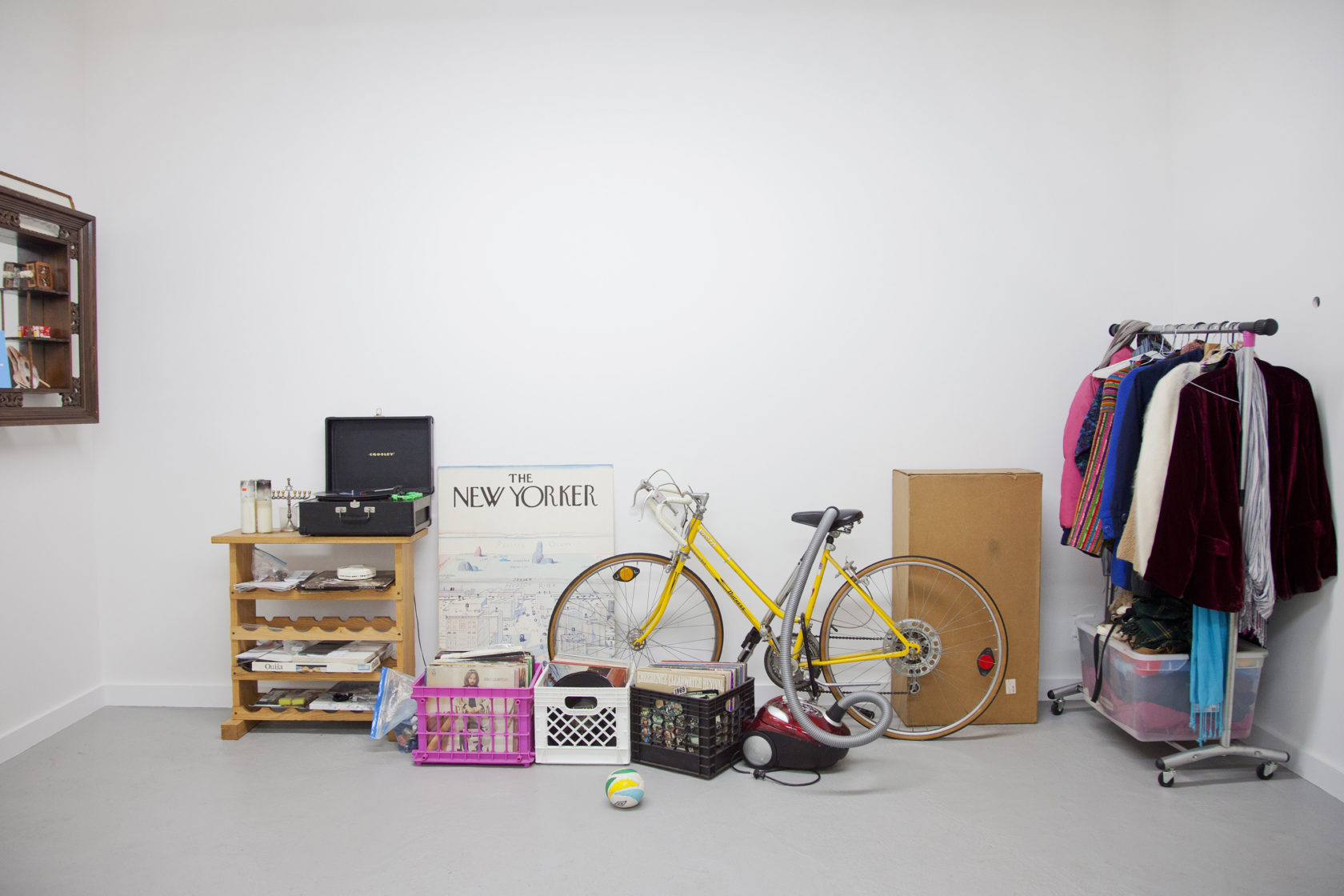
What position do you take as a curator of exhibitions?
I think that a curator should come in looking to find the best possible form for exhibiting the artists’ work . Curators navigate a field of conflicting desires that eventually gives shape to an exhibition: the public, the art, the artists, and the institution housing them. Curation can be a balancing act, but it can also involve cutting out or intensifying one of these elements to tell a different or more interesting story. At least that’s what we’ve tried to do over the past ten years. So that’s how I approach my role.
What is the basic idea behind the Random Institute?
Random Institute is many things to many people. For me, it’s a dialogue with the invited artists. We don’t just ask artists to do an exhibition; we collaborate to try and see if an exhibition is the right format for them. And it turns out that exhibitions are often only one of many possibilities. By searching for alternative formats for making art accessible, more and more artists and curators are playing beyond the institutional pitch and by their own rules.
Random Institute’s mission can change quite a bit from project to project. As we aren’t accountable to anyone, we adapt Random Institute to our interests. When we want to go to Asia, then we set up a project there, if we want to stay home and write a book, then we do that. And when we’re lazy, then we enjoy being lazy. There’s no recipe for Random Institute, only an appetite.
Looking back today, there might be one thing that remained constant in what we’ve done so far. It’s our attempt to provide precisely what the digital world can’t: collective experience, shared memory, and new encounters that last. I think that idea won’t be going anywhere soon.
Do you like randomness?
Of course. Randomness is too important to leave to chance. It has to be embraced. It has to do with letting go of control, letting things happen. We’re already far too preoccupied trying to make sense of everything, always looking to get rid of ambiguities. Let’s try not to control everything while we’re at it, too.
Is there a particular reason why the Random Institute is based in Switzerland? It doesn’t sound as a random country to me.
Wouldn’t you say that where you’re born is random? Or did I miss the part where people can choose where they’re born? Anyway, I was born in a country that’s been spared many of the evils that happen across the world – and I’m very lucky for that. It’s also the place where I founded Random Institute, starting out as an independent art space with a steady exhibition program before venturing out into faraway places. Today we can look back on more than 80 exhibitions and 15 publications. Plus, we have a few ideas for 2020.
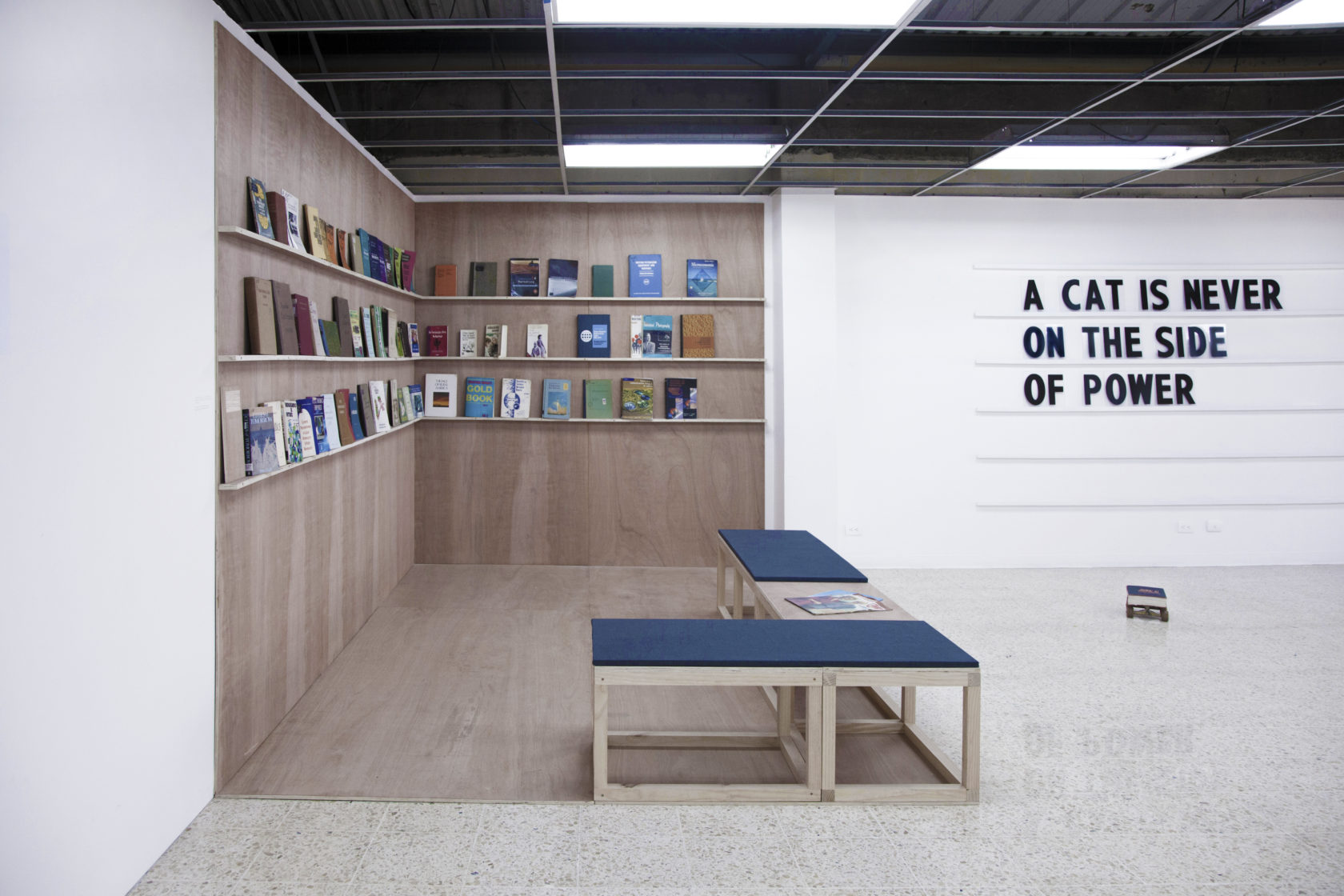
Despacio is not your initiative is it? How did you get involved in there?
Despacio is an the brainchild of the artist Federico Herrero, who founded it a decade ago. I joined in 2015, when it was already widely considered one of the few important independent voices in Central America. How did it come about? Federico was invited to Switzerland for an exhibition called Don’t Talk to Strangers, one thing led to another, and before we knew it… In a sense, the call of Despacio felt like a perfect chance to experiment with the changing nature of art institutions, all while discovering a new world. Costa Rica has always been a foggy mystery and an object of longing for me. Above all, however, was the fact that four of my siblings were born and raised there, while I was on the other side of the Atlantic. It was a chance for me to learn more.
Tell me more about the Karaoke todos los días, was it a bar?
There was probably a lot of drinking, but it wasn’t a bar. Karaoke todos los días was one of three artist residencies intended to trigger new artist-run spaces in San José. For each one, artists of all walks of life took over Despacio for three months and turned it into an artist-run space. Our hidden agenda was to nurture a successor for Despacio, so we could make way for new endeavors and bring the project to a close. It was part of a three-year program to shut the art center down before it became too institutionalized, too professional – something that wasn’t in Despacio’s DNA. And in fact, new art spaces have popped up since then, which do things in new ways and have their own influence on the local scene.
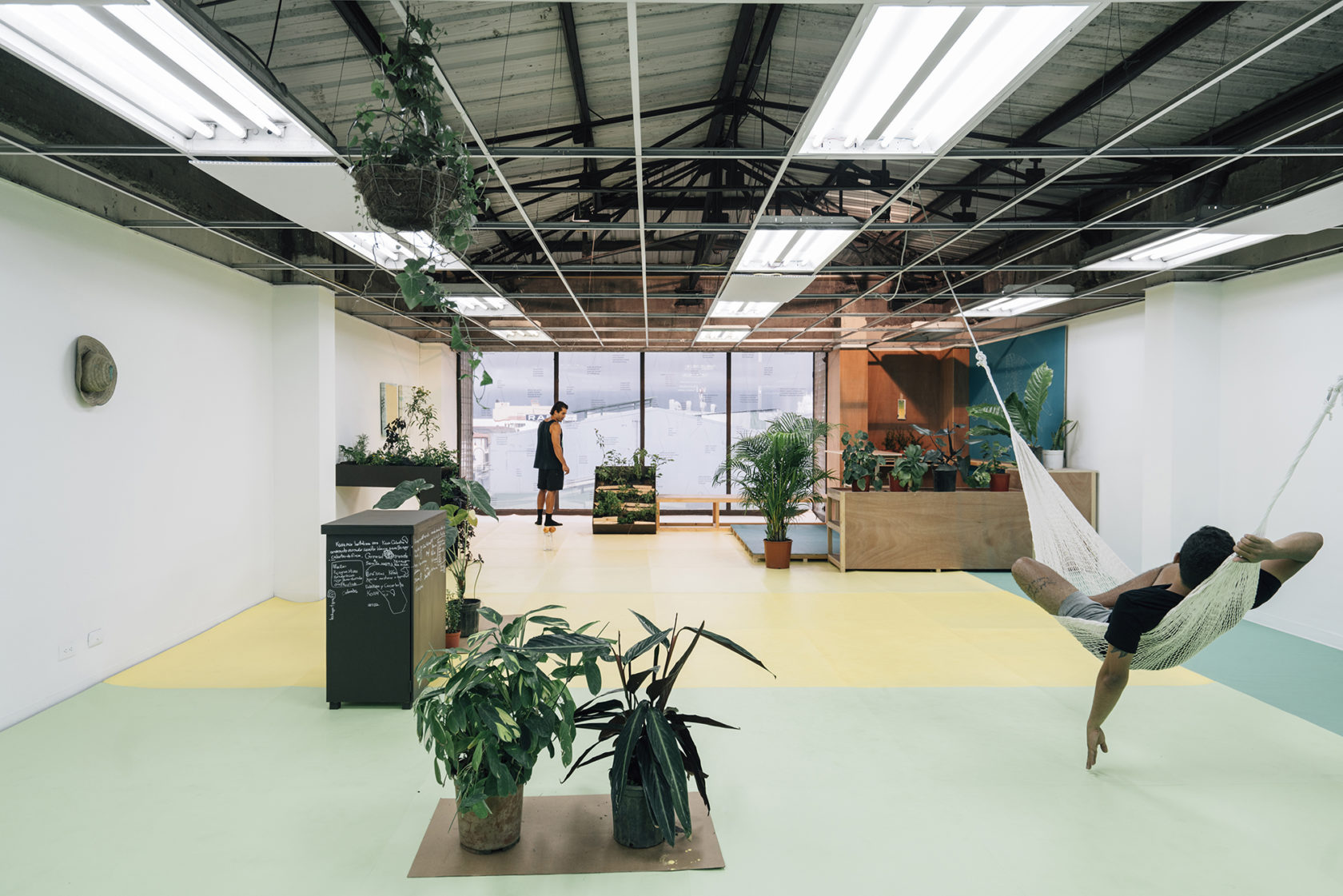
Do you have a special relation with performance art?
Other than loving or hating it? I have a bit of a double-edged relationship with performance art, which has pushed me to come up with different ways of presenting it, like building a fish store into a gallery and letting a fishmonger with a dark double life run the place and have performances happen around him. Or organizing a one-on-one performance festival called Eternal One-Night Stand in which visitors went from one room to another and found themselves face to face with a performer. The idea here was to take a step back from the influence we often feel our co-spectators exert on us when determining whether or not we enjoy something. For me, it makes a huge difference if I go see a radical performance with my sister or with my art friends – through I know it shouldn’t. So I wanted to try out a new format, one that felt more honest.
How do you create connections from the arts to other areas of thinking or working?
Everything in the arts is linked to the outside world; if it doesn’t, something’s probably gone terribly wrong. Strong works of art always make us look at the very life we have in front of us, or trigger memories. Or to put it more simply: life should go into making art, and it should emanate from it when we look its way.
Through my work outside of the arts, I’m constantly confronted with things that are widely disconnected from them. I think this provides a healthy distance from the often self-referential art scene. It’s something that grounds me in reality.
You are more of a team worker than an individualist? Why?
I’m usually fine with working alone in the idea-drafting phase, but when things become too complex or I can’t get to where I want to go, I’m the first to cry for help and involve other people – often from beyond the art world. Lately, I enjoy working with architects, who brought me closer to my dream of realizing a set of Disappearing Museums. Together we imagined life-sized drafts of museum buildings, to be realized in three dimensions and installed in remote stretches of the Icelandic desert, and designed to disappear with rainfall.


What do you like about artists?
Artists stand for freedom, and I admire that. You can dismiss me as hopelessly romantic, but keep in mind that artists create things that touch upon the senses without having to make sense. Art can be material or immaterial, take up space or escape space itself. It can be time-based, out of time, timeless, or timely. This is unique and important, especially in a world where everyone seems pathologically concerned with optimizing time and space and making sense of everything.
Do you prefer to work on group or solo presentations?
Do you like lunch or dinner? I like both, preferably in alternation. As a curator, solo shows get you as close to the art as possible. Especially in the planning phase, when it’s just you and the artist, with the public still far off in the distance. That’s when anything’s possible, when conversations can go off in any direction.
Sometimes group shows can be more gratifying, as you can see artists from all walks of life come together and connect. That’s one of the most beautiful things to witness: artists you’ve brought together staying in touch, even years later, and collaborating with one another for shows. You should never underestimate an artist’s network. If a curator runs out of ideas for a coherent group show or for finding new artists, there’s only one thing to do: ask the artist.
What art do you fear?
Any painting that integrates actual barbed wire, nothing worse than this.
Do you have a more serious or more playful approach to art? How come?
Playful, of course. Any discipline that isn’t obliged to make sense shouldn’t take itself too seriously, or it runs the risk of becoming obnoxious.
How is your current state of mind?
I’m curious about where this question came from and what it even means.
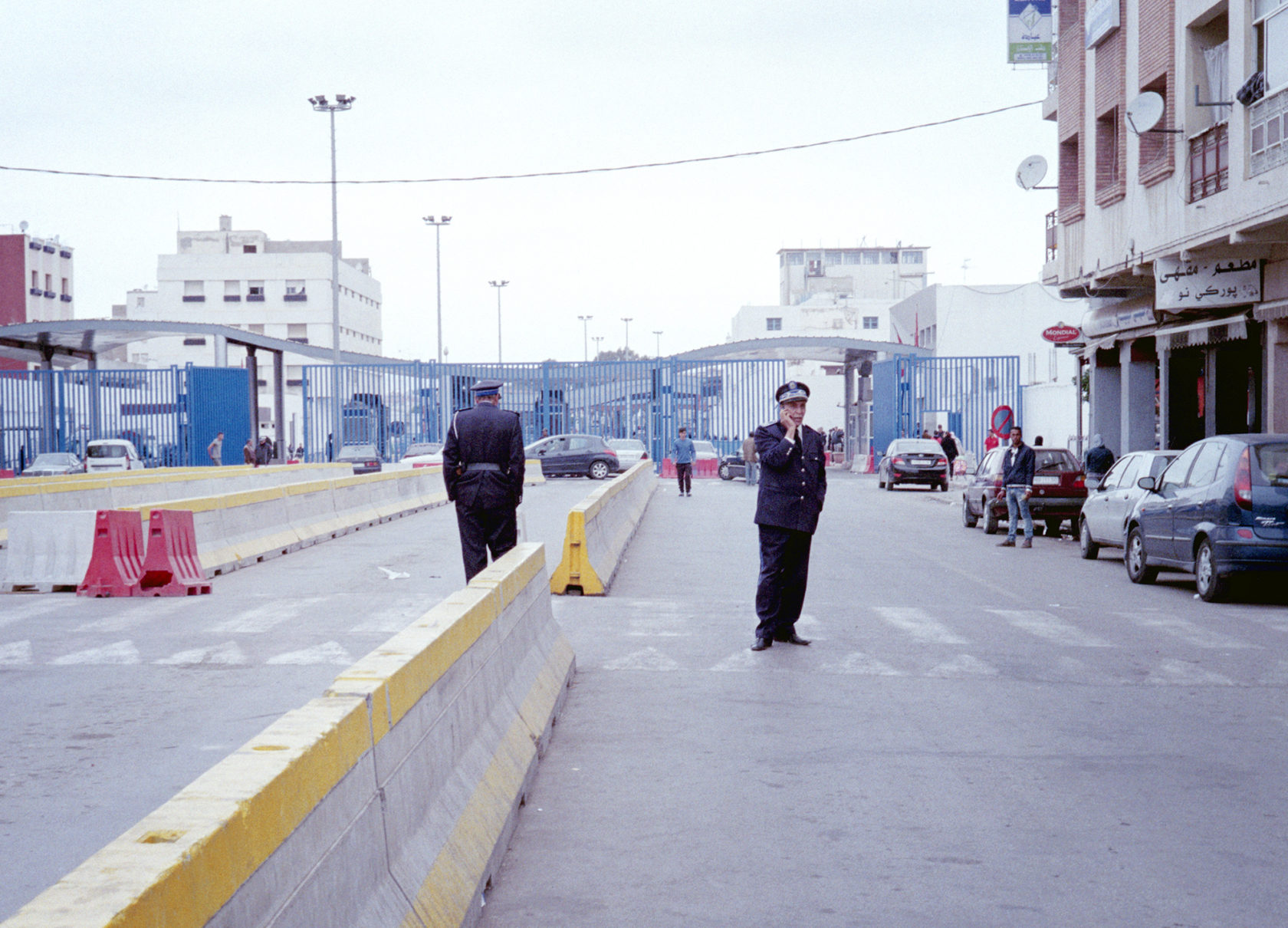

What do you consider your greatest achievement in your practice so far?
I’m still surprised that, together with the artist Florence Jung, we pulled off kidnapping 12 people at an opening in Paris and dropped them off at the German border. You can still take this test to see if you would’ve been one of the kidnapped people.
Do you have a favourite art anecdote or personal story that you tell everybody when you travel around?
Not really. But if I don’t know what to say, I often ask people: do we need secrets? If so, why?
What is the best conversation on art that you have experienced?
I’m bad at remembering. Plus, the best conversations always happen in cloudy circumstances, in shady bars. All that remains is a feeling shared by every participant, but the content itself is usually lost.

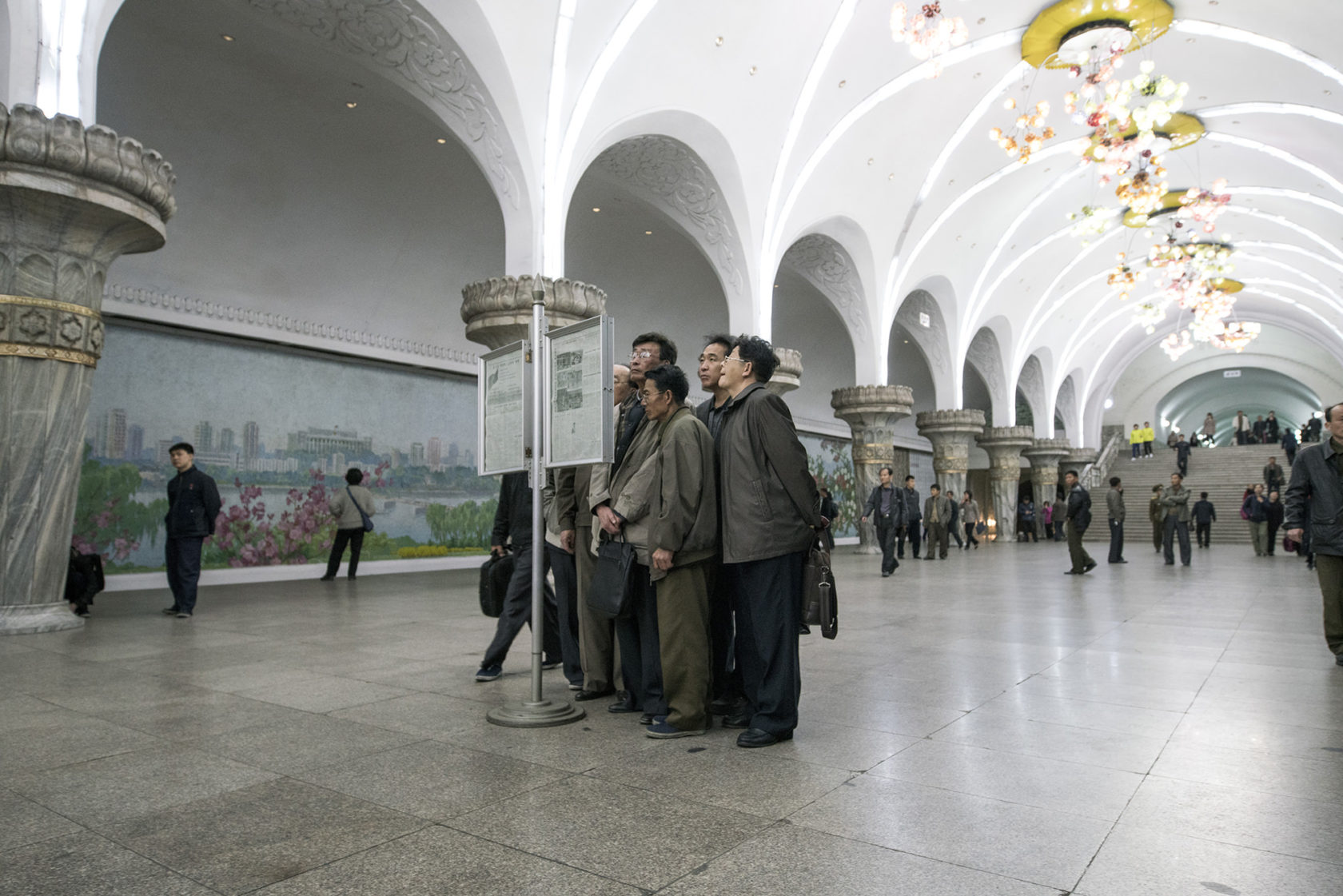
What do you know about the art scene in The Hague? Or in The Netherlands?
I’m a complete novice when it comes to the art scene in The Hague. In other parts of the Netherlands, I have a few connections from past projects. All of them are unique artists, each with a fantastic sense of humor. There’s Hans Eijkelboom, for example, who I introduced to the Costa Rica art scene through a work based on his realization that the typical man in his residential neighborhood was at work during the day, but not him, strolling around as an artist. So he knocked on neighbors’ doors and asked local housewives to take fake family portraits with him and their children. It still makes me laugh, and Costa Rican artists still talk of it.
Another time, we presented work by Job Koelewijn, in particular a piece where he tells kids a secret and then runs away.
In 2013, we took an iconic video work by Guide van der Werve (in which he runs from Warsaw to Paris) with us on a road trip from Paris back to Warsaw, showing the video in the living rooms of strangers along the way. That was quite an experience, knocking on strangers’ doors at late hours, especially in Poland, convincing them to screen the work in their homes…
What do you hope to experience during the Stroom Invest Week?
Let’s not corrupt our chances of being surprised by creating false expectations. I’m just excited to see The Hague and meet its artists.
What do you think young artists could learn from you?
That it takes a lot of bad art to make good art. I never made it to the second part, so I never even came close to becoming an artist. So I’m probably in a bad position to teach anyone anything.
—————————————–
In a collaboration between Jegens & Tevens and Stroom Den Haag a series of interviews will be published with (inter)national curators, artists and critics participating in Stroom’s Invest Week 2019.
The Invest Week is an annual 4-day program for artists who were granted the PRO Invest subsidy. This subsidy supports young artists based in The Hague in the development of their artistic practice and is aimed to keep artists and graduates of the art academy in the city of The Hague. In order to give the artists an extra incentive, Stroom organizes this week that consists of a public evening of talks, a program of studio visits, presentations and a number of informal meetings. The intent is to broaden the visibility of artists from The Hague through future exhibitions, presentations and exchange programs. The Invest Week 2019 will take place from 17 to 21 June.